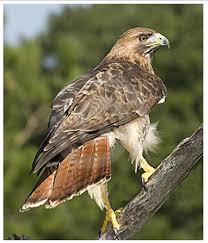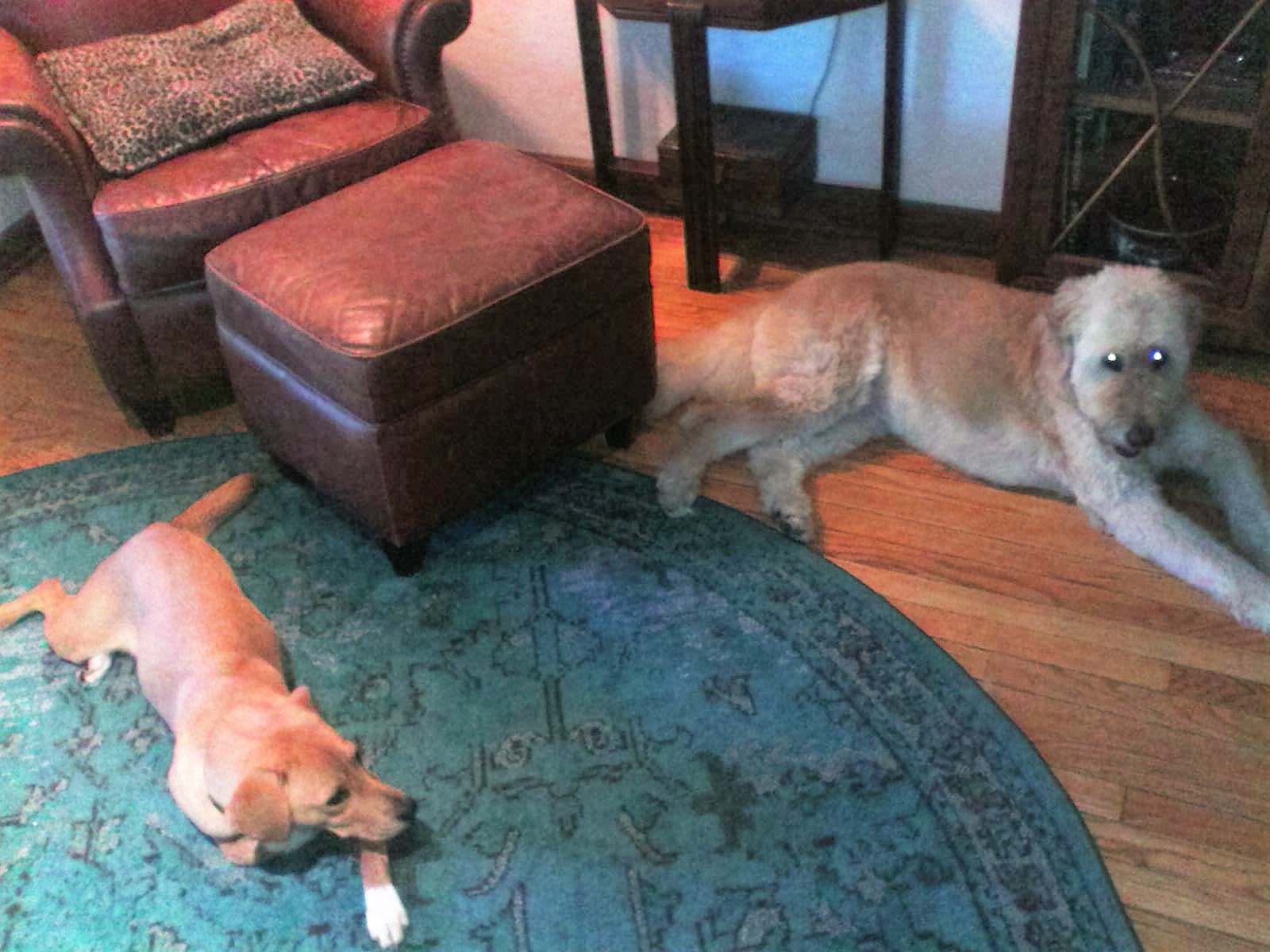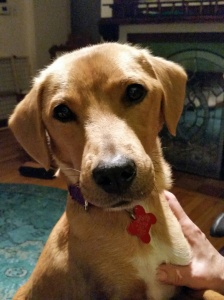
The woman at Indiana’s Department of Natural Resources tried to reassure me that capturing an injured red-tailed hawk was doable.
Get a box, a towel and a pair of thick gloves, she said. Throw the towel over its head so it can’t see. Pick it up from behind and put it in the box.
From behind?
“You don’t want its talons to get you. Hold it away from your body.”
A moment of silence followed while I regarded the curved claws on the bird, picturing how easily they’d pierce flesh. She heard my hesitation.
“It’s really not that hard,” she said into the phone.
As the bird glared at me, I noticed the sharp tip on his beak, used to rip bloody chunks of flesh from prey. The notion of grappling with this predator looked risky.
The hawk and I were just off Interstate 65 in Gary, Indiana. Mention this town to anyone who doesn’t live here and they’re likely to think of steel mills belching pollution or a deserted downtown of boarded-up, graffitied buildings. They wouldn’t be wrong, but there’s more to the place than that.
There’s a surprising amount of still natural land. Patches of open prairie, forests and dunes stretch in a series of local and national parks along Lake Michigan from Chicago to Indiana’s western boundary and beyond. In my neighborhood abutting one of these parks (and often in my yard), it’s common to see deer, coyotes, sand hill cranes and occasionally even an elusive fox.
Red-tailed hawks are common, too, typically circling high above the trees. This one, however, had perched on a guard rail along the highway just before an exit. He was impossible to miss – maybe 15 inches tall, as big around as my cat. His back was turned to the traffic as if he wouldn’t deign to acknowledge it. His bearing exuded invincibility. You couldn’t tell he had an injury that amounted to a death sentence.
I pulled my car onto the shoulder and edged it closer, hoping to gawk at him for a minute.
His head swiveled. He saw the car creeping up and tried to fly away. I could see that half of one wing was almost broken off and hanging limply. He couldn’t gain altitude or get far. He landed about five feet below the guard rail on the downward slope of a weedy berm.
Now that he was on the ground away from the busy highway, he was even more vulnerable to predators – raccoons, foxes, great horned owls. I’d made his bad situation worse.
After talking with the woman at DNR, I drove home and assembled the recommended equipment: a cardboard box, a cat bed to cushion the bird, a large beach towel, a pair of leather gloves and a pair of insulated barbecue gloves to put over those.
He hadn’t moved when I returned 25 minutes later. I put the box with the cat bed in it on the ground, donned the two pairs of gloves, unfolded the towel and slowly advanced on him from behind.
Again, his head swiveled. He turned to face me. With each step I took, his unbroken wing lifted higher, his feathers puffed further out and his beak opened wider in warning. It felt like he was daring me to look down his gullet. I imagined being a small animal struggling under his talons as that sharp point lowered towards its meal.
His yellow eyes never wavered. He showed no fear. He was all threat.
Three feet from him, I froze. Fortunately, the U.S. Army came to the rescue.
A young soldier, seeing a woman on the berm holding a beach towel open on a gray January day, pulled over to find out what I was doing and whether I needed help. He hadn’t seen the hawk. The sight of it impressed him.
This was a combatant he could easily handle. He held the towel in front of him so it shielded his entire body; only his head and his booted feet were visible. The bird ended his threat displays. The soldier slowly stepped closer, talking softly to it, until the two stood toe-to-talon. He dropped the towel. Then he bundled the bird, gently lowered it into the box and placed the box in the back seat of my car. He even strapped the seat belt around the box to keep it from tipping.
It was a half-hour drive to the DNR-designated vet who would take the hawk. The back of my neck prickled the whole way. The bird was secured in a box with a lid weighted down by my purse, but I was nervous. How strong was he? Could he bust out? I imagined the car careening while I flailed my arms as he lunged, screeching, towards my face.
For one moment, his talons had scratched briefly against the box. Other than that, he didn’t make a sound.
The vet discovered that the hawk’s wing wasn’t just broken; it was rotting off. He was too badly injured to be healed. He had to be euthanized.
That hawk was the wildest creature I’ve ever encountered up close, without a thick plate of glass or bars between us. The experience was thrilling and humbling. Even half-dead, boxed up, and much smaller than his captor, he scared me. He showed me what “untamed” means.

 to show up for breakfast.
to show up for breakfast. One of her rescuers dubbed the stray dog in the photo, “Miracle.” She had a raging case of mange, and was afflicted by heart worms, dehydration and starvation. After she finally was coaxed into the back seat of a car, the Humane Society of Northwest Indiana in Miller Beach took her in. Donations arrived from people saddened by her condition and hopeful for her future. She was only a year old.
One of her rescuers dubbed the stray dog in the photo, “Miracle.” She had a raging case of mange, and was afflicted by heart worms, dehydration and starvation. After she finally was coaxed into the back seat of a car, the Humane Society of Northwest Indiana in Miller Beach took her in. Donations arrived from people saddened by her condition and hopeful for her future. She was only a year old.


